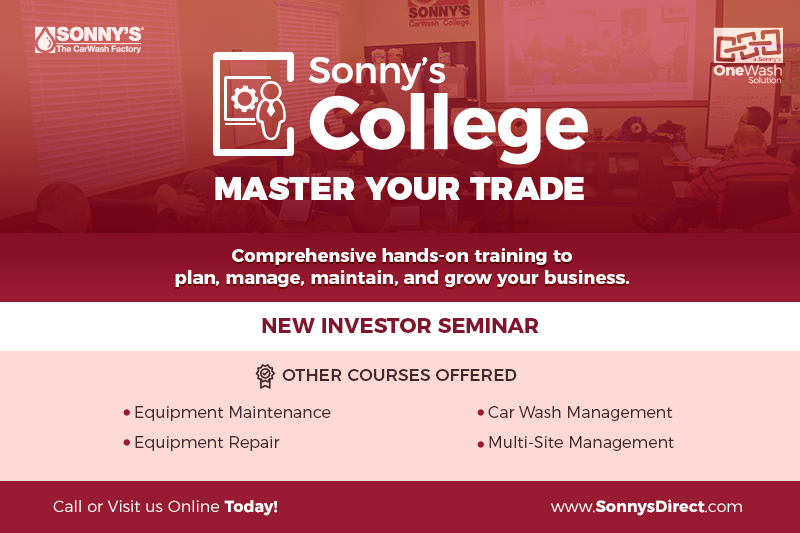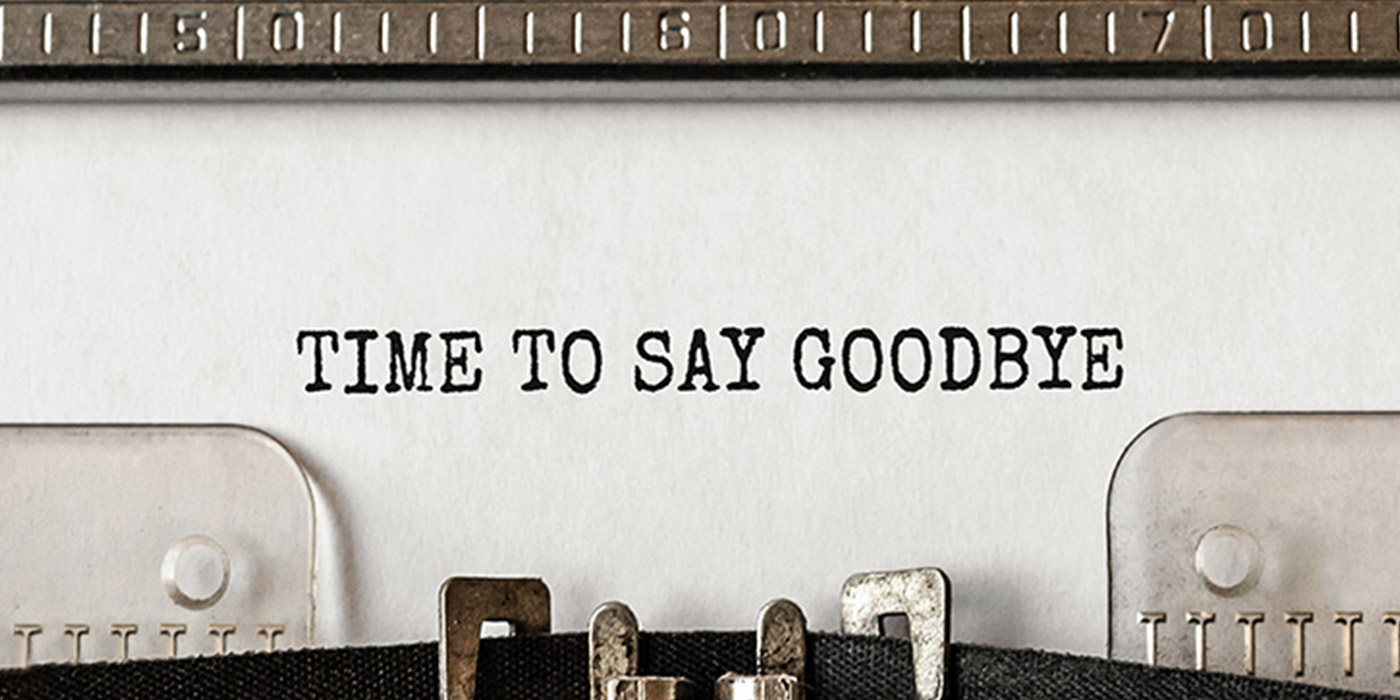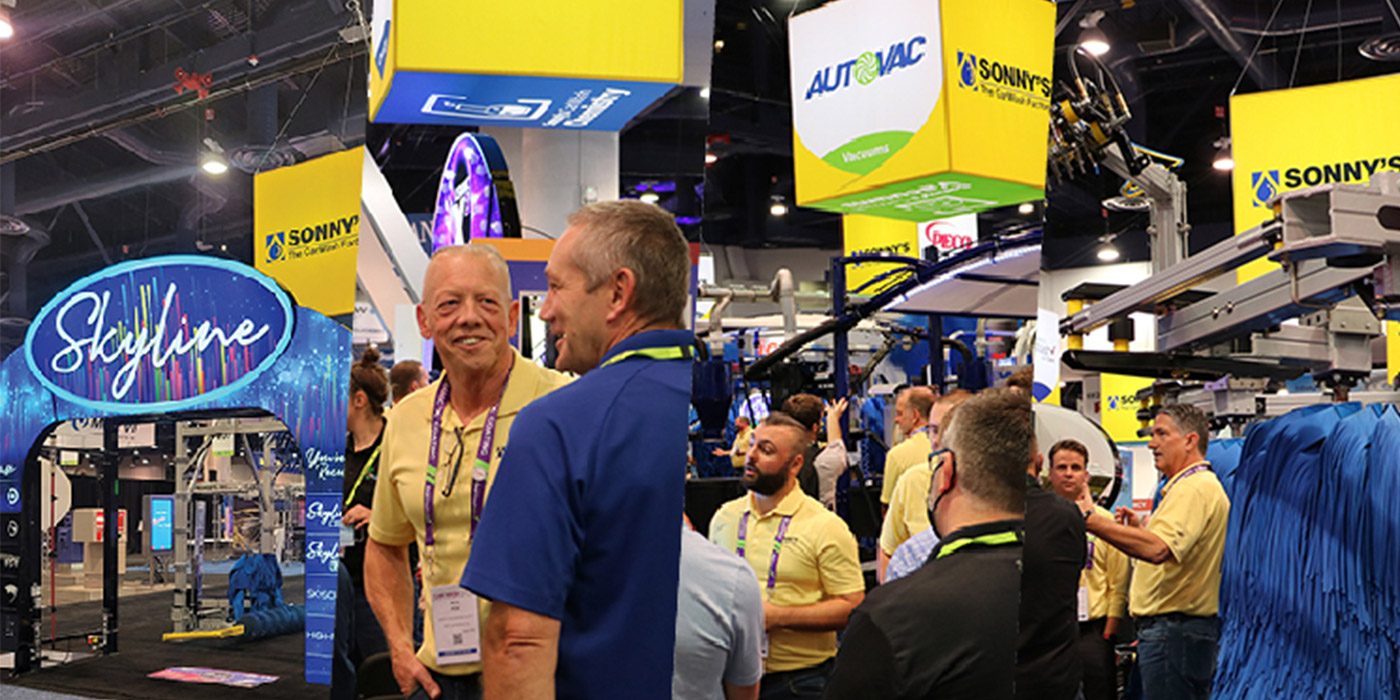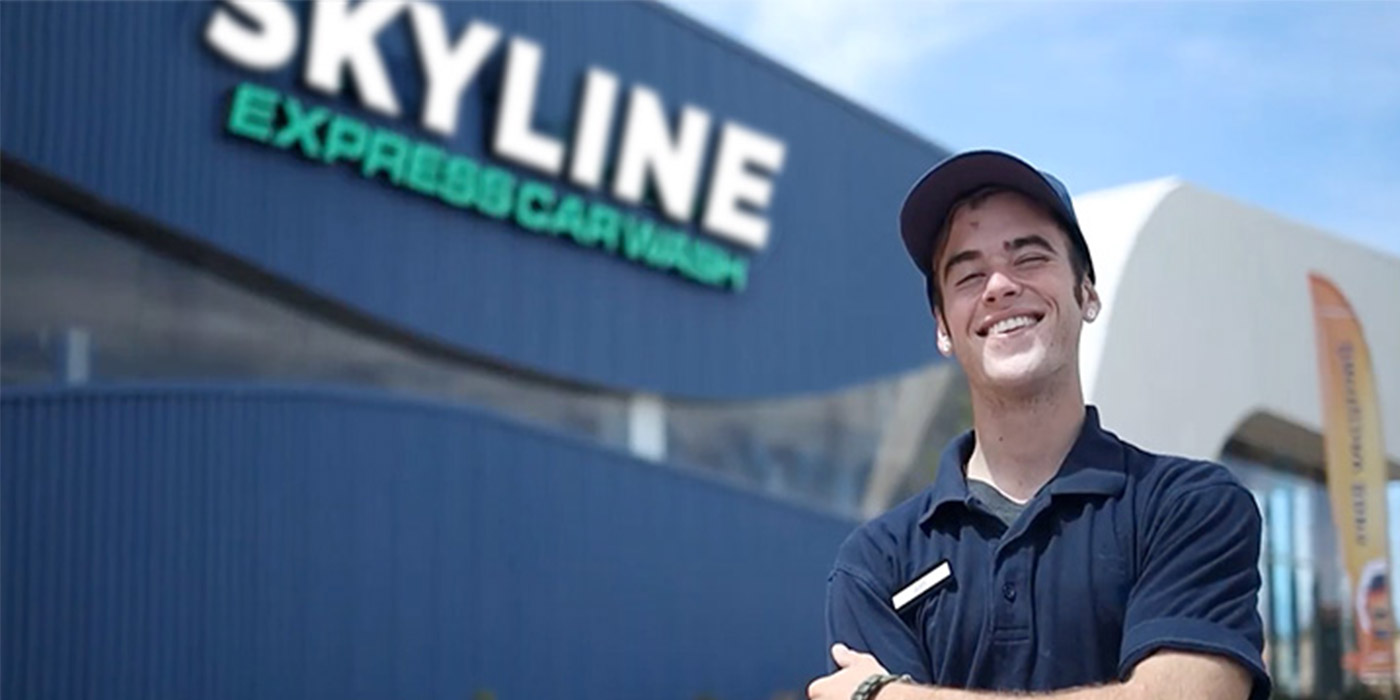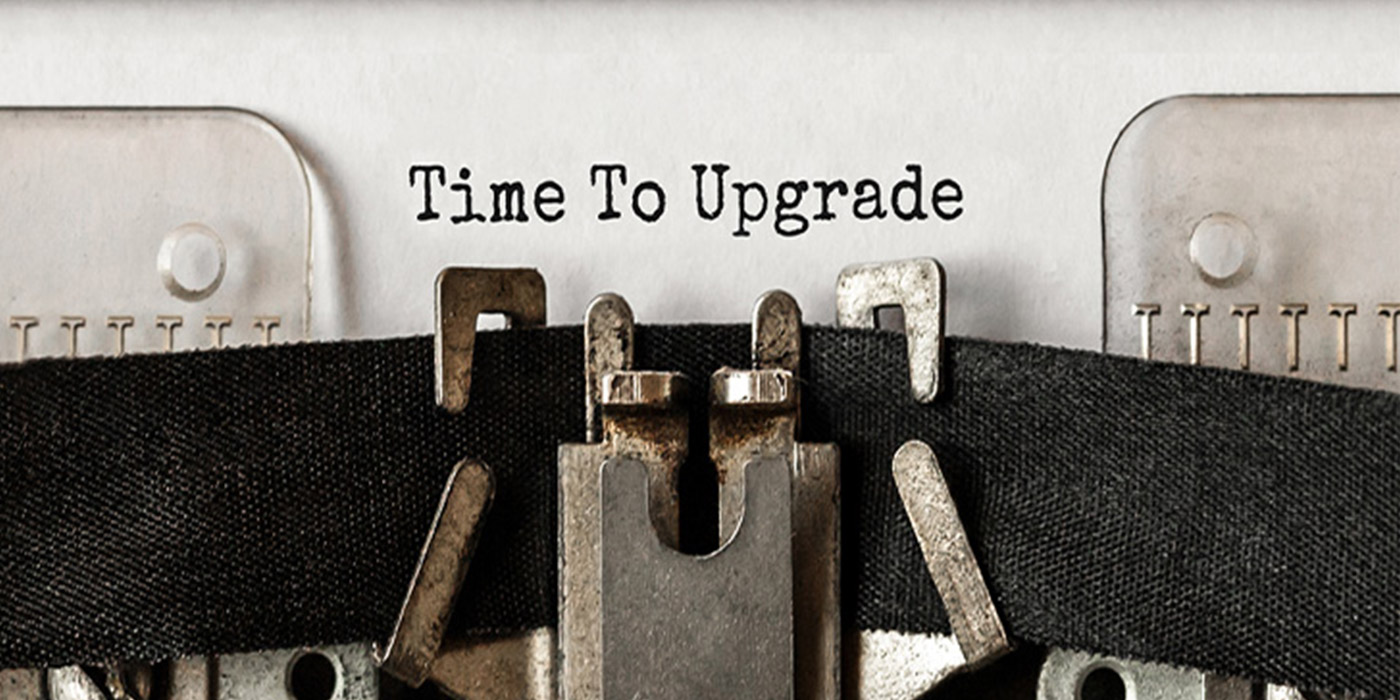A new year typically begins with at least one resolution to do something different, better or faster. I have spoken about this in the past, but it is so important that I feel I need to touch on it again. Below you will find a basic outline for a Preventive Maintenance program. Implement a PM program now and reap the rewards all year long.
Daily Procedures — Observation is the most important aspect of these procedures. Key words in these procedures are “observe”, “look”, “note”, and “confirm”. The Daily Procedures are designed for you to observe every aspect of the wash and are by far the most comprehensive. The goal is to catch small problems early, before they cause greater damage. This group is further broken down into:
Opening Checks — are performed prior to opening the car wash for the day’s business. These checks confirm the wash’s ability to safely wash a vehicle with no damage to the equipment or the vehicles.
- Dry Checks — We are looking for low oil, hydraulic fluid leaks, and sub-standard performance of the overall system. No water is run prior to this check because oil leaks are easier to spot on a dry floor.
- Wet Checks — This portion of the Daily Procedures before operation is designed to bring all of the equipment on line and ready to wash vehicles. The wet down procedure is programmed into the controller and allows us to concentrate on observing the equipment. The goal here is to soak the cloth in water and chemicals, charge all of the foam tubes, and saturate the pads on the tire shiner.
Any problems that become apparent during the wet down should be addressed as soon as the wet down cycle shuts off. Clean all clogged nozzles and make any other corrections prior to opening the doors to customers.
- Wet Checks II (Chemical Checks) — Visual check of the chemical barrel levels in the equipment room.
Besides just looking for barrels that need to be replaced, you are looking for excessive use and minimal use. Any noticeable spike in chemical use that is not directly related to wash volume is considered “excessive use”. This indicates a problem somewhere in the system (worn nozzles, open check valve, etc.). We are not trying to find and repair these issues at this point. Note the condition in the log and move on to the other checks. The problem that has lead to the “excessive use” should become clear. If not, return to it during the day and take independent action.
Operational Checks — Are performed while the wash is operating. These checks confirm that the equipment is functioning properly and is correctly adjusted.
Closing Checks — Are performed after the wash has closed for the day. These checks confirm the equipment is functioning properly and is correctly adjusted. In addition, any heavily soiled cloth is cleaned.
- Tunnel Checks — An inspection of the tunnel after closing. We are checking for any damage that may have occurred during the day.
- Support Equipment Checks — An inspection of the equipment room after closing. We are checking for any damage or problems that have occurred during the day.
Weekly Procedures — The two most important aspects of the Weekly Procedures are lubrication and close inspection.
When the Weekly Procedures are performed, long-term wear and tear will become apparent and further deterioration can be avoided by addressing the problems causing the wear. The Weekly Procedures are divided up between the tunnel and the equipment room. The procedures are then scheduled for each day of the week either during, or after, operations. Even though Weekly Procedures are mainly concerned with lubricating all the different pieces of equipment in your car wash, they do not need to be accomplished at the same time. You would schedule items throughout the week, keeping related items to be accomplished together.
Monthly Procedures — The two most important aspects of the Monthly Procedures are cleaning and close inspection. When the Monthly Procedures are performed the equipment is thoroughly cleaned. Close inspection of long-term wear points allows us to gauge overall wear and tear on the equipment. The Monthly Procedures are divided up between the tunnel and the equipment room, and are performed on specific days, scheduled at the manager’s discretion.
Annual and Semi-Annual Procedures — The most important aspect of these procedures is long term replacement of wearable items, such as chains and rollers. You should bear in mind that they are done only once or twice a year at most. The infrequency of these procedures necessitates that we pay close attention to them when they come due. These procedures are organized by equipment name. The scheduling of individual tasks is left to the manager of the facility. However, they must be done within 30 days, plus or minus, of their due dates.
A Preventive Maintenance program can save lots of downtime and lost productivity, usually caused by not having to replace or repair parts during operational periods. The savings can be tremendous, ranging from hundreds to thousands of dollars per year. Get a good program in place and you should see the difference in no time.
Robert Andre is the President of CarWash College™. Robert can be reached at [email protected]. For more information about CarWash College™ certification programs, visit CarWash College or call the registrar’s office at 1-866-492-7422.
This content is sponsored by CarWash College. Sponsored content is authorized by the client and does not necessarily reflect the views of the Professional Carwashing & Detailing editorial team.

